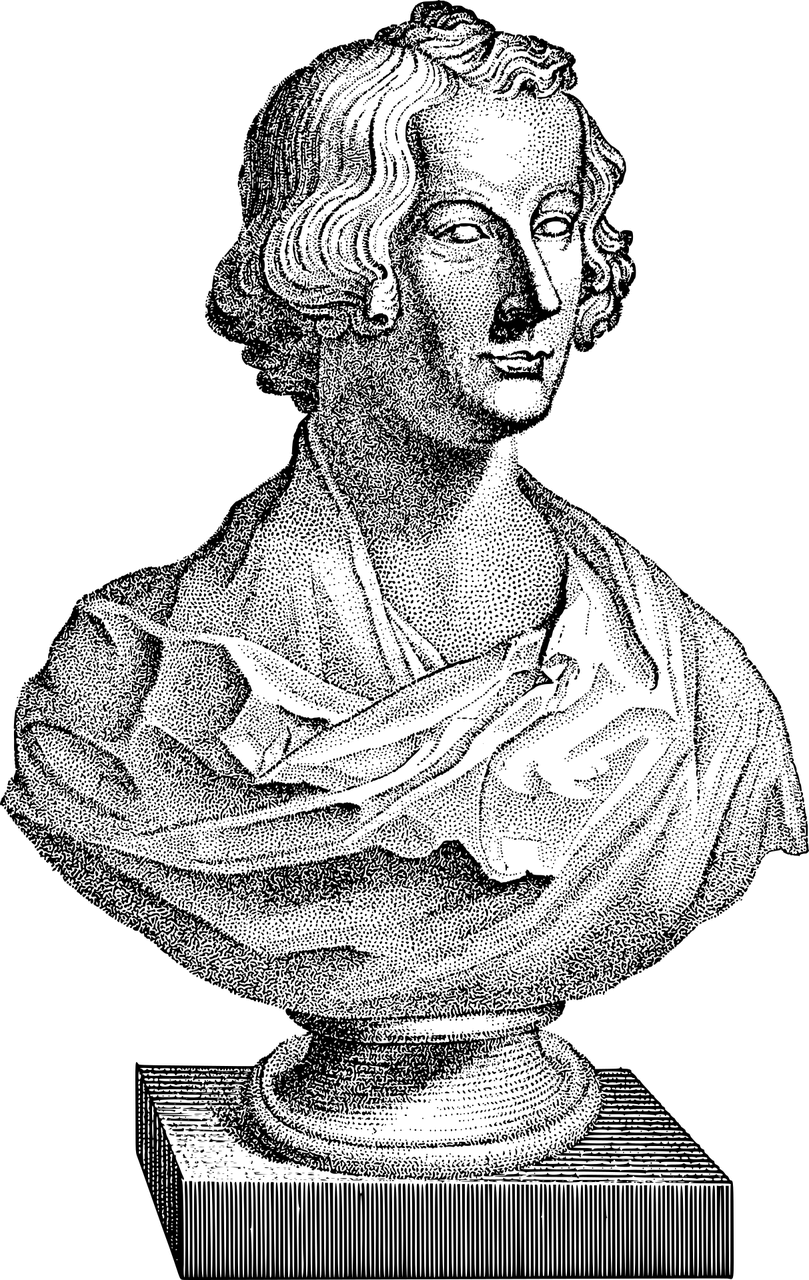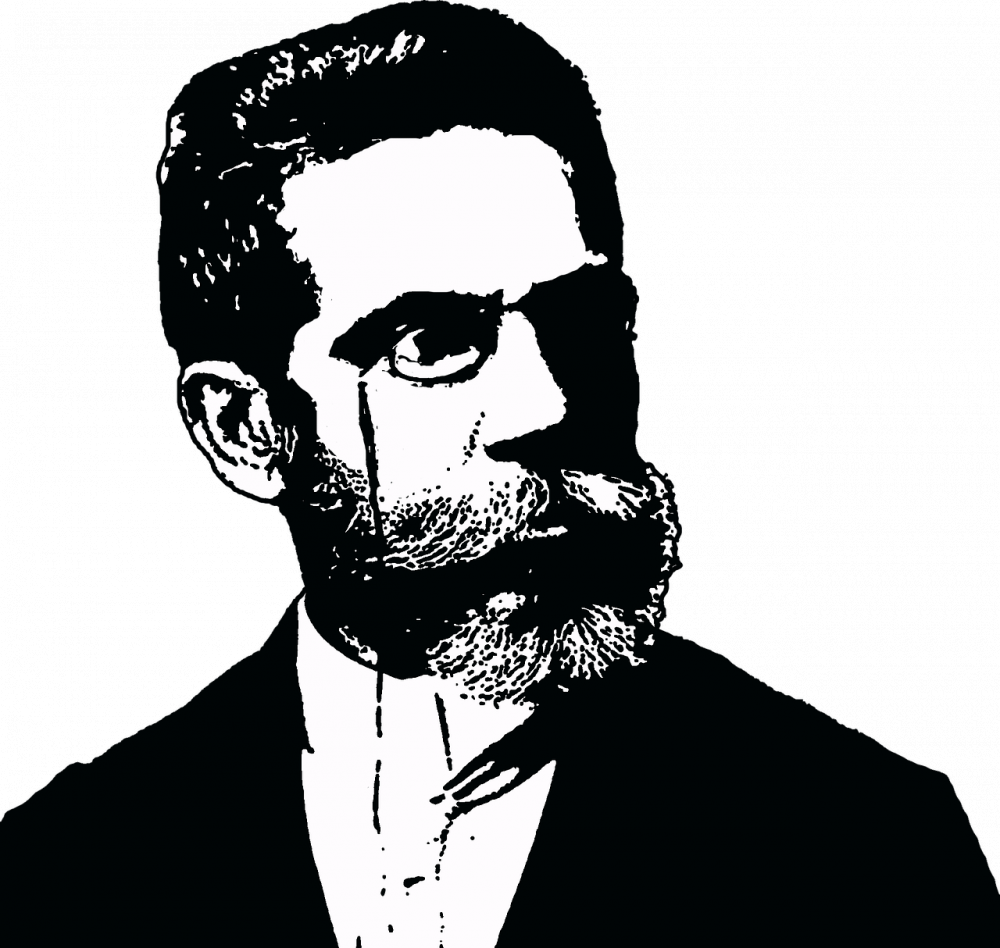Gustav Wied Books: Exploring the Journey of a Danish Literary Icon

Introduction
Gustav Wied is widely regarded as one of Denmark’s most celebrated authors, known for his poignant and satirical works that shed light on the intricacies of human behavior. With his unique storytelling style and keen observational skills, Wied’s books continue to captivate readers even a century after his demise. In this article, we delve into the world of Gustav Wied books, offering an extensive overview for those interested in exploring this literary domain.
Historical Background

Gustav Wied’s journey as an author began in the late 19th century, a period marked by significant intellectual and social changes in Denmark. Born in 1858 in the city of Aarhus, Wied’s early encounters with the world exposed him to the stark realities of life and helped shape his narratives.
In the early stages of his career, Wied experimented with a range of genres, including poetry and plays. However, it was through his novels and short stories that he found his true voice. His works often depicted the struggles of the lower classes, shedding light on their everyday challenges and the societal pressures they faced.
Wied’s Unique Style
What sets Gustav Wied apart from his contemporaries is his ability to seamlessly merge humor and satire with heartfelt observations on the human condition. His writing captivates readers with its wit, sarcasm, and unflinching critique of societal norms.
One of Wied’s notable works, “Kærlighedens Veje” (“Paths of Love”), showcases his exceptional storytelling skills. Published in 1893, this novel explores themes of love, betrayal, and the complexities of human relationships. Through his vivid characters and thought-provoking narratives, Wied challenges conventional notions of love and romance.
Another masterpiece by Wied, “Livsens Ondskab” (“The Evil of Life”), published in 1899, offers readers a glimpse into the darker side of human existence. Wied delves deep into the psyche of his characters, exposing their flaws and vulnerabilities, ultimately painting a realistic portrayal of life’s struggles.
The Evolution of Gustav Wied Books
Over time, Gustav Wied’s writing evolved alongside the socio-cultural changes in Denmark. While his early works focused primarily on the lower classes, his later novels began to encompass a broader range of themes.
In his 1905 collection of short stories, “Rædsler” (“Terrors”), Wied delves into the realms of horror and the supernatural. This departure from his usual satirical style demonstrates his versatility as an author, showcasing a new facet of his storytelling prowess.
Towards the later stages of his career, Wied’s writing became increasingly introspective. In his 1915 novel, “Saadan han var…” (“This is How He Was…”), he explores the complexities of the human mind, delving into the psyche of his character and offering profound insights into mental health.
Gustav Wied’s Legacy
Despite facing criticisms and controversies during his lifetime, Gustav Wied’s impact on Danish literature cannot be overstated. His commitment to exposing societal inequalities and his unique narrative style paved the way for future generations of Danish authors.
Even today, Gustav Wied’s books continue to resonate with readers across the world. His ability to capture the essence of the human experience through his vivid characters and eloquent prose ensures that his legacy remains intact.
In conclusion, Gustav Wied books offer readers an extraordinary journey into the complexities of human nature. His satirical wit, poignant observations, and diverse range of themes make his works a revered treasure in Danish literature. Whether you are a seasoned literature enthusiast or new to Gustav Wied’s writing, exploring his books is a rewarding endeavor that will leave you with a deeper understanding of the human condition.





